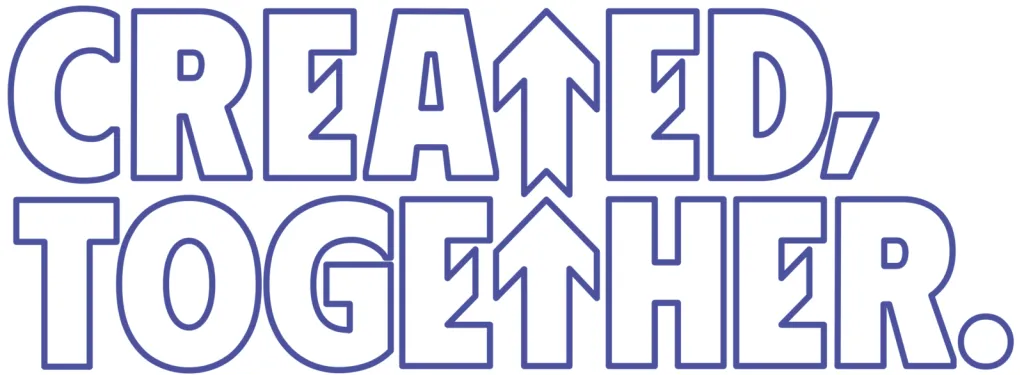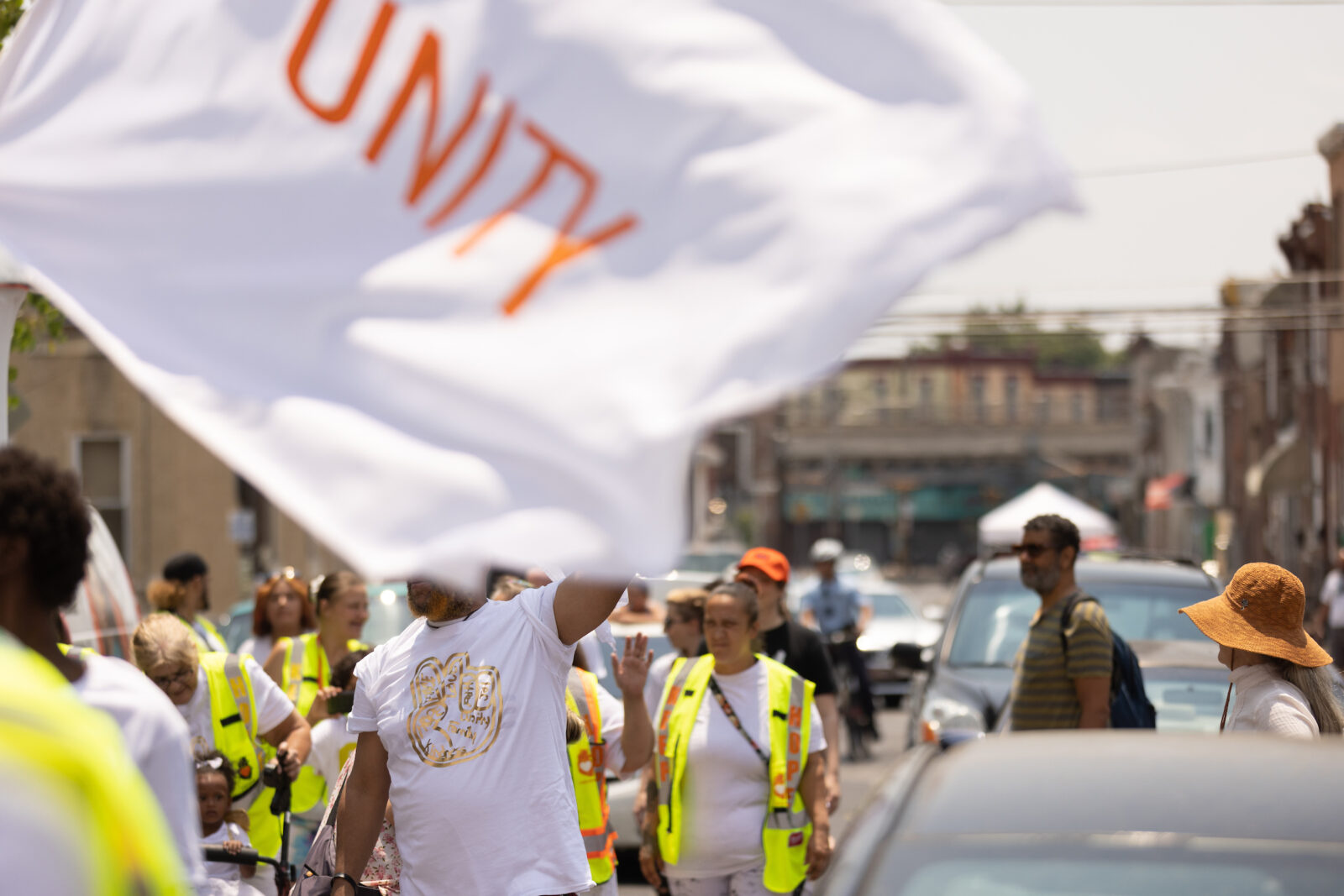Created, Together

Commitment is a promise made without expectation of return. It is in this proclamation of promise that we take the first steps toward action that will initiate change. It is not enough to declare our intention to change the status quo alone; it takes a community to assemble and collectively sustain transformation. Leadership is more than a title. Leadership is a mindset, a value, and a practice that must be developed, cultivated, and continuously challenged. Socially-engaged arts leaders do more than collaborate; they share ownership, empower the agency of others, and strive to use their position of influence to construct pathways for inclusivity, diversity, and belonging. The task of a socially-engaged arts leader is not to set a vision but to use their influence to focus the attention, create the space, and invite the engagement of their communities in building a vision together. We must relinquish the assumption that we are the sole visionary for progress. As artists and creatives, we are in a unique position of influence to rally individuals to collectively think together, and bring awareness to conflicts with the hope of discovering solutions. But who identifies the conflict? Who defines the solution? And why should we make decisions WITH communities and not FOR them?
When does the Public truly own Public Art? The definition of Public Art is one that continues to evolve and change as we settle into the twenty-first century. Once conceived as a solution to preserving memories of the past, it has now evolved into an inquiry of how we envision the future. Has the power of the “monument” or the “mural” died? No, I do not believe so. Murals and monuments rise and fall every day. What has shifted in our world is that for these tangible objects to remain relevant, they must be the outcome of a process that centers people and relationships as the artistic intervention. This is why we continue to witness the prolific shift toward temporary and time-based art practices and the possibilities created when we are no longer tethered to something permanent. But without a final “product,” how do we define Success? Who defines Success? Artists may organize communities to collaborate throughout a project, but eventually, artists move on to new projects. How do communities sustain this change beyond an artist engagement? What metrics would you use to measure the indicators of lasting change?

Many of the questions I have brought forward are deeply personal to me as a socially-engaged artist and a facilitator of art-based initiatives. I think about the projects I have created and organized and reflect on the choices that were made in the past. I challenge you to hold a mirror up to yourself, your projects, and your organizations to ask: “What are my values? How did they show in my choices? Do I honor for myself what I have asked of others? Does this project represent my beliefs?” While I hope you can answer yes to all of these questions, I will admit that I cannot always say so with certainty. And that is okay. As people, we all have the ability for error, but we also have the capability for growth. So how do we grow if our values and our actions do not show up in our work? Where is there space for critical self reflection in public art? Without a doubt, a majority of the work of socially-engaged artists addresses the intense conflicts of injustice, harm, violence, and violation. So when we support people (and conflict) for our living, we must also find ways to support ourselves. I believe there is merit in self-care practices for both our personal lives and professional work. Some of us may be able to define what a healthy relationship looks like, but what does a healthy project look like? How do you prioritize self-care for yourself? For your communities?
I do not pretend to have all the answers to what I have asked of you today, but I do petition YOU to join me in considering these questions together. On October 20th and 21st, the Mural Arts Institute will host Created, Together: An Assembly for Artists Working with Communities, as the culmination of our three-year Public Art & Civic Engagement Building Initiative (PACE). This national convening will invite creatives from across the United States to gather and share their voice in this collaborative conversation. Our assembly is open to all who identify as contributors to the creative intersection of art in public spaces. We will welcome artists, administrators, community members, policy makers, students, and anyone else who would like to be part of this unique moment. I believe that many of these questions are critical for all creatives invested in the future of public art, but I intend to step back over these two days and make space for those who join me to step forward and share their truths, their challenges, and their hopes for the future of public art. This symposium will not feature a long list of celebrity names in the Arts; this is an intention in the design of our symposium. Instead, we want to hear from and hold space for those we know are working in their communities daily. We recognize the promise and commitment you have made to using art to ignite change, not for grandeur or fame, but to manifest transformative and positive experiences with communities. We can not do this work alone. If you accept this invitation, you will be challenged to activate our space and have the courage to share your truths. To build this symposium and align ourselves for the future of socially-engaged public art, we must all take part in a collective conversation that is created, together.